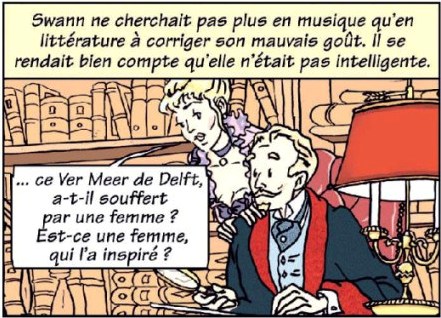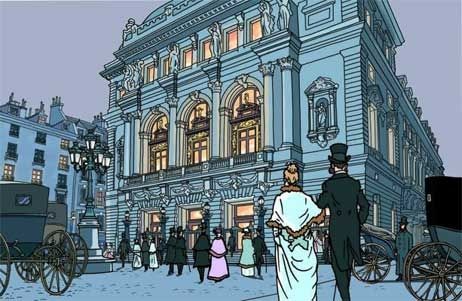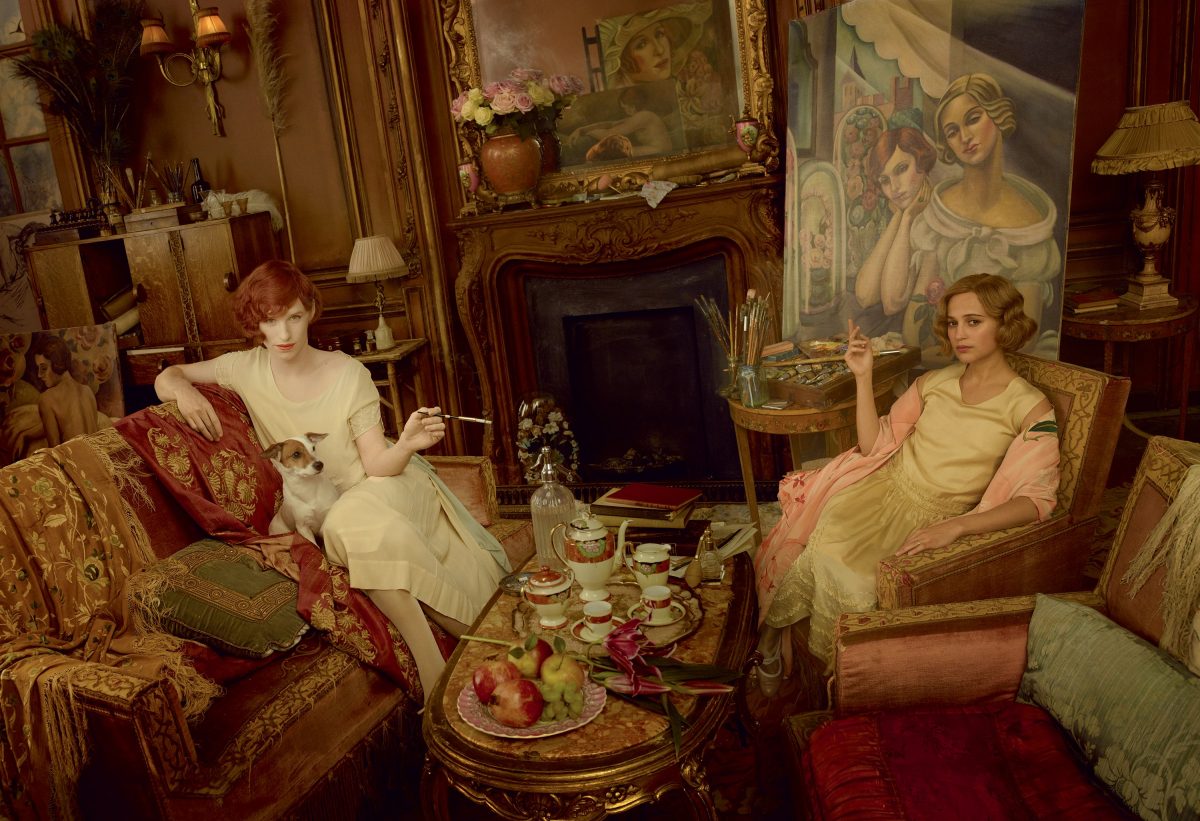
“The first response to À la recherche du temps perdu as a graphic novel is an involuntary memory of Monty Python and “the All-England Summarise Proust Competition”. The second memory, summoned mysteriously into life by this extraordinary book, is of the academic attending a musical version of Ulysses in Anthony Burgess’s Earthly Powers who says: “I have to explain why it can’t be done.

But it can. Here is the narrator, visibly begging for a goodnight kiss from his mother, and here he is in visible ecstasies over the visible hawthorns of Combray – and at this point, the images break out of the standard grid formation of the comic book in the manner of Marvel’s Dr Strange series.

These set pieces are the best things in the book. When Swann listens to the little phrase in the Sonate de Vinteuil that moves him, we see a few notes transform the entire world. Here, in such moments scattered throughout the book, is that impossible thing: Proust (almost) without words, Proust reduced to his essence and celebrated in spirals and flourishes of thought made visible. The book is so faithful to the original novel that it sometimes seems to compete with the author in the sphere of neurotic love. Yet it is at its best when it dares to strike out on its own and revel in images unsupported by text.

Proust loved complex visual imagery. In the opening section, the narrator’s magic lantern (the sequence is beautifully done here) sets the tone for the lenses and prisms that crop up later and in the text of the complete work. In this graphic version, it is as if the magic lantern is turned the other way, to show us the narrator standing before us without compromise or evasion. This enforced and necessary clarity can feel a little uneasy. There seems to be no escape from the claustrophobic ghastliness of the Verdurins’ salon. My imagined Odette was beguiling; seeing her pictured in frame after frame, I felt with Swann that she wasn’t my type. I am not sure if that has added or subtracted from my understanding of the book.
The words sometimes crowd in on the pictures in Stéphane Heuet’s urgent desire to keep faith with the author. The last section, in which the narrator pursues Gilberte in the gardens of the Champs-Élysées, is much more roomy – and much more successful. Show, don’t tell . . .
But this adaptation is a triumph. If you have felt intimidated by Proust, seize him now in this accessible form. If you love Proust and have read every word a hundred times, get hold of this book and you will experience the memory of reading him for the first time. It is an equal joy for the emptiest of bluffers and for the truest of lovers: now there’s a thought to start a thousand-word, Proustian, single-sentence paragraph. And this book will take both, by a gloriously circuitous route, back to the original text.
Simon Barnes’s most recent book is “The Sacred Combe” (Bloomsbury)
In Search of Lost Time: Swann’s Way – a Graphic Novelby Marcel Proust. Adapted and drawn by Stéphane Heuet
dal sito: https://www.newstatesman.com/culture/books/2016/03/i-know-what-you-re-thinking-graphic-novel-proust-triumph
